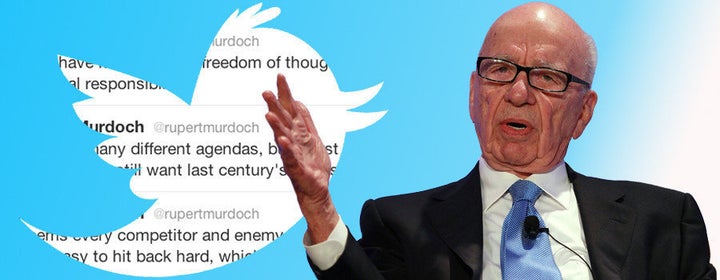
In April 2010, Apple released the iPad. News and magazine publishers were ecstatic. The digital platform allowed a lot of extras such as photos, videos and interactive elements that made for a much richer experience.
Apple's innovation opened the floodgates for publishing companies to crash the mobile party by using Apple's new device to showcase their beautiful print publications the way they were intended to be seen. Apple capitalized by setting up an easy-to-use pay wall for publishers to upload their content.
Enter the Audit Bureau of Circulations, an organization that monitors circulation and customer base information for magazines and newspapers in North America, which declared that "rate base" would once again be the foundation for setting online advertising rates.
A Match Made in Heaven -- Or So It Was Thought
It was beginning to feel like the good old days were coming back. Finally, publishers could stop giving away content for free and start making money again. Certainly they were not going to make that same mistake they had made on the Web.
Immediately, Rupert Murdoch, the chief executive of News Corp., shelled out $30 million to launch The Daily -- an iPad only newspaper for a $39.99 yearly subscription. Most big name publishers followed suit and began building app versions of their own print publications.
Trouble began to brew, however, as Apple essentially threw a wrench in the plans of companies looking to strike gold by taking advantage of an untapped stream of user engagement and revenue. The tech titan demanded a 30 percent cut of the revenue for all single-copy sales via the iTunes store. Nevertheless, efforts pressed on and app development was in hot pursuit, but unfortunately the problems persisted.
The notion of the ideal synergy between mobile and publishing was never meant to last. Mobile platforms differ in size and users handle their devices upright or sideways, allowing for a "portrait" and a "landscape" view. Consequently, publishers had to come up with six versions of a single editorial product just to account for these diverse variables. Coding conflicts ensued.
Big Trouble in Little App World
Objective-C, the native iOS coding language was unheard of in most publishing web development departments at the time. As the realization that the in-house talent to tackle this obstacle was practically nonexistent, publishing companies began to outsource their app development. In time, they found this process was extremely time-consuming and radically pricey.
No worries. Most publishers continued building.
This persistence was met with yet another brick wall. With apps, when you want to read something offline, you download the file first. Magazine app files were hundreds of megabytes in size. Downloads took hours, but oh well. If consumers wanted all the app interactivity they were promised, they would just have to suffer through the time it took to download the content.
Looking back now, we can examine the results of the millions of dollars spent on apps by news and magazine publishers.
As of 4th quarter 2011, Wired magazine had secured a print circulation of 812,434. The flip side of the coin revealed only 33,237 digital subscriptions of the Wired app, which accounted for only 4.1 percent of the total circulation. This was in spite of the fact that it was widely regarded as one of the best apps in the marketplace for accessing the magazine's published content -- especially in terms of user interface and functionality.
For the New Yorker, out of the nearly one million magazine subscriptions the outlet boasted, they consequently managed to secure a mere 26,880 digital subscribers for the mobile version of their publication.
Finally, NewsCorp announced at the end of 2012 that it was closing down The Daily -- its iPad-only app -- after only 40,000 paying customers showed up and shelled out.
For newspaper and magazine publishers the cost of developing apps has far outweighed the ROI. Yet many (read: most) publishers still push consumers to download their app. Why? One can only guess it is because they built them. However, what many publishers intoxicated by the app boom failed to realize was that there always was, and still is, a viable alternative to native app fever.
The Dawn of a New Alternative
The Financial Times is a prime example. The outlet decided to take a different path by creating a website in HTML5, an all new programming markup language that showcased superior capabilities for rendering content in ways that made it simpler to browse and more interactive for the user experience.
While there weren't as many features as a native app, the HTML5 solution avoided the pitfalls of apps -- it bypassed Apple's 30 percent tax, eliminated lengthy download times, and published once so that it works on every device and, as a bonus, the content was crawl-able and searchable.
The time has finally come for content publishers to give up on their apps.